Product Description

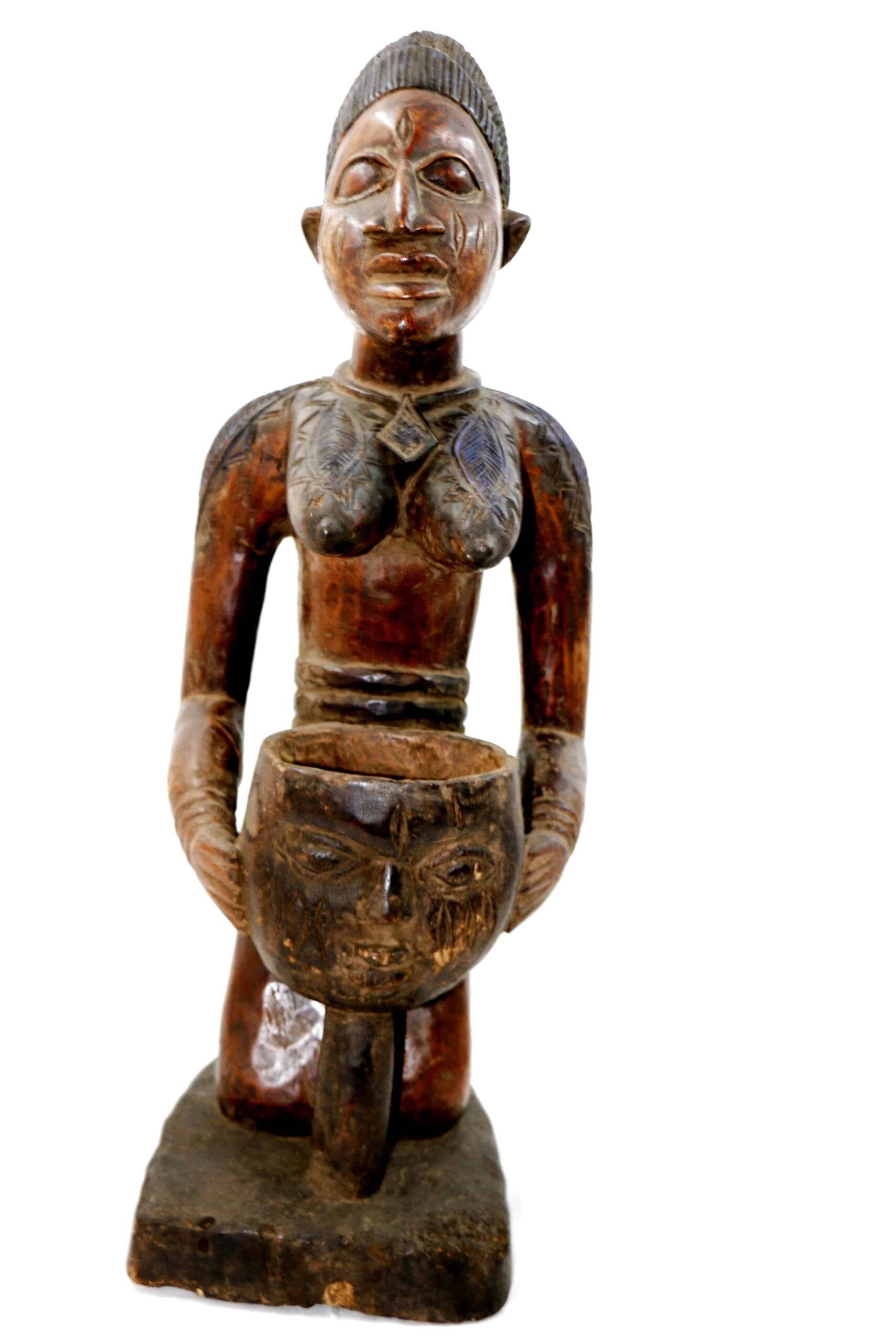
Djenne Terracotta Maternity Figure, Dogon – Mali
This unique clay maternity figure was sculpted by the creative and skillful artisan of the Djenne tribe in the West African Republic of Mali. The art of the inner delta of the Niger, the region formed by the triangle of the cities of Mopti, Ke Macina, and Djenne, bears witness to an astonishing richness of invention and a lively concern with detail.
Made of 100% Terracotta
Model is W 38 – H 7 and weight 0.8 kg.
Description
This unique clay maternity figure was sculpted by the creative and skillful artisan of the Djenne tribe in the West African Republic of Mali. Traditionally, she is typical of the Djenne style. Around the time of its creation, the Malian Empire was at its zenith, for by the end of the 12th century the legendary King Sundjiata had greatly enlarged both the wealth and size of his territory. Created in such prosperous and glorious period, these unusual figure holds a mysterious aesthetic quality that captures our eyes. The figure faces upward with its large eyes and nostrils. The art of the inner delta of the Niger, the region formed by the triangle of the cities of Mopti, Ke Macina, and Djenne, bears witness to an astonishing richness of invention and a lively concern with detail.
The Djenne culture is focused upon the historic city of Djenne-Djenno in the Niger Inland Delta of modern Mali. It is notable for being the oldest city in Sub-Saharan Africa, and the onetime hub of an enormous trading empire that dominated this area of Africa in the Middle Ages. It was founded by the Bozo (allied with the Bamana) people in about 800 AD and was relocated upstream to take advantage of Trans-Saharan trade networks. The Djenne style is technically part of the Malian Empire – along with numerous other groups (i.e. the Tenenku, Bura and Bankoni [centered on the town of Bamako]) – but the city itself never was. Indeed, the Malian Empire is said to have tried to conquer the city-state 99 times before giving up. Djenne-Djenno remained unassailed until the 1470s and never ceased in terms of influence despite changing hands several more times. It only waned in importance when the French arrived at the end of the 19th century
Djenné was founded in about 300 BCE by the Bozo people at a site known as Djenné-Jeno, 1.5 km upstream. The history of Djenné is closely linked with that of Timbuktu. Between the 15th and 17th centuries, much of the trans-Saharan trade in goods such as salt, gold, and slaves that moved in and out of Timbuktu passed through Djenné. Both towns became centers of Islamic scholarship. Djenné’s prosperity depended on this trade and when the Portuguese established trading posts on the African coast, the importance of the trans-Saharan trade and thus of Djenné declined.
Additional information
| Weight | 0.8 kg |
|---|---|
| Dimensions | 7 × 38 cm |
Leave a reply Cancel reply
Returns and Exchanges
There are a few important things to keep in mind when returning a product you purchased.You can return unwanted items by post within 7 working days of receipt of your goods.
- You have 14 calendar days to return an item from the date you received it.
- Only items that have been purchased directly from Us.
- Please ensure that the item you are returning is repackaged with all elements.
Ship your item back to Us
Firstly Print and return this Returns Form to:
30 South Park Avenue, San Francisco, CA 94108, USA
Please remember to ensure that the item you are returning is repackaged with all elements.
For more information, view our full Returns and Exchanges information.

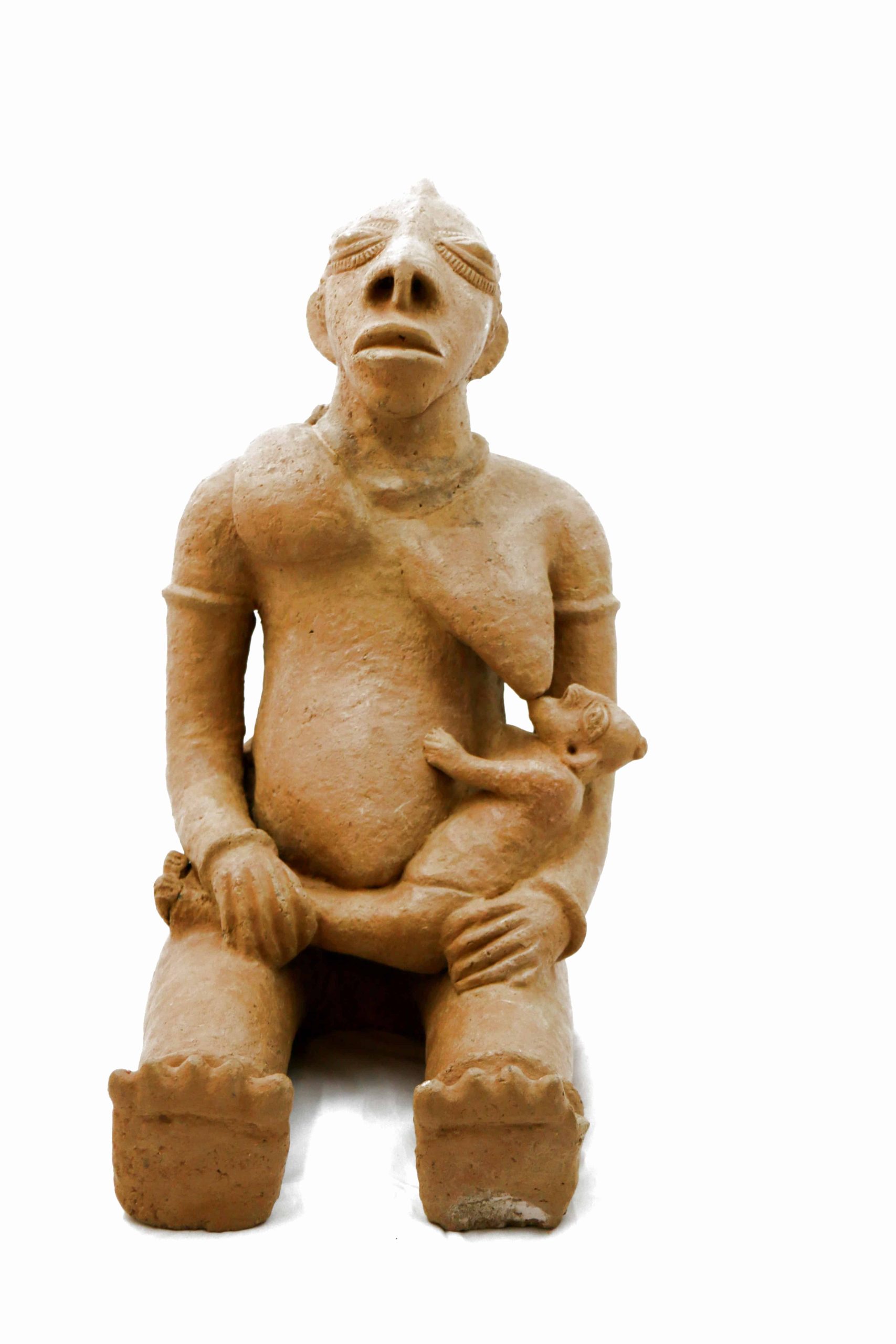
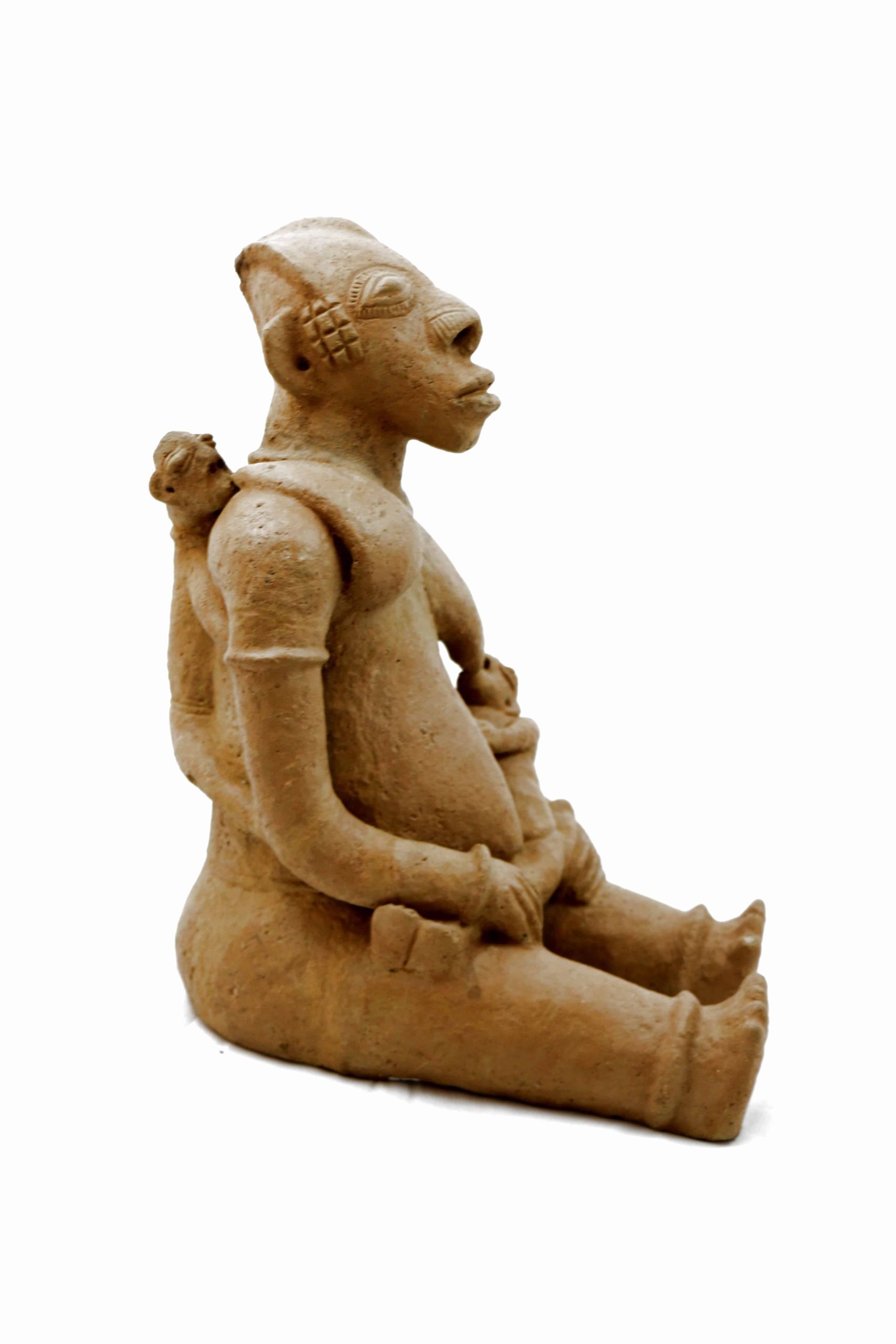

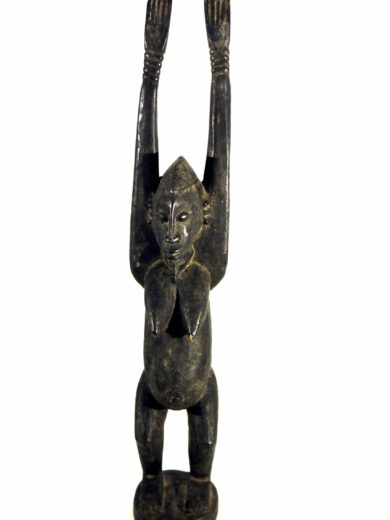
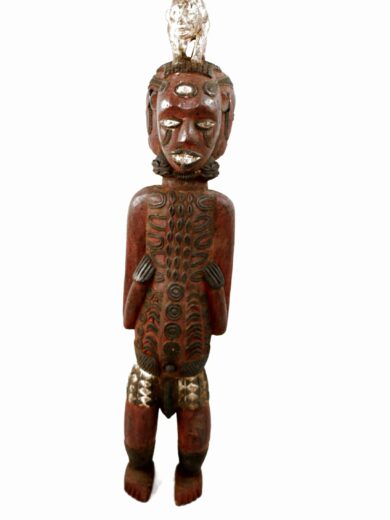
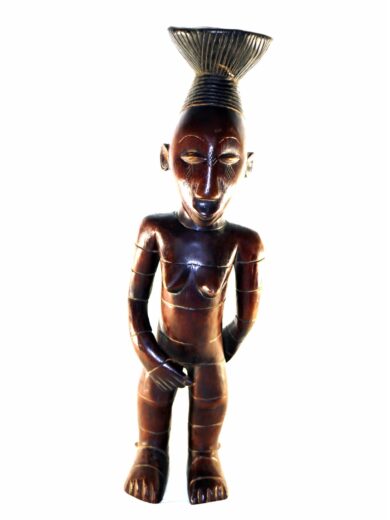

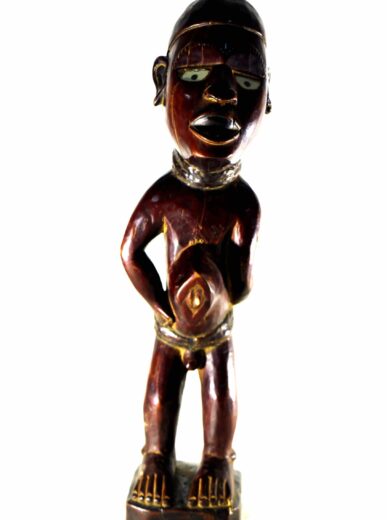
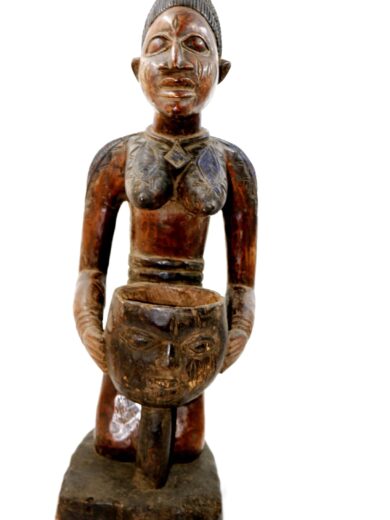
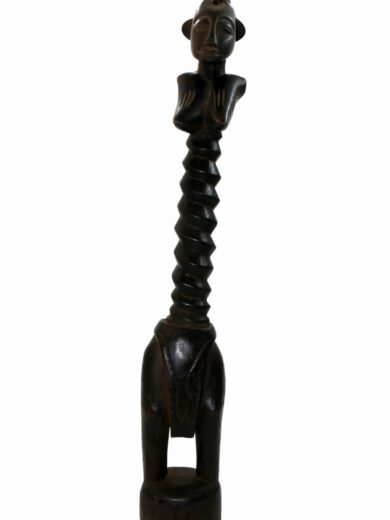
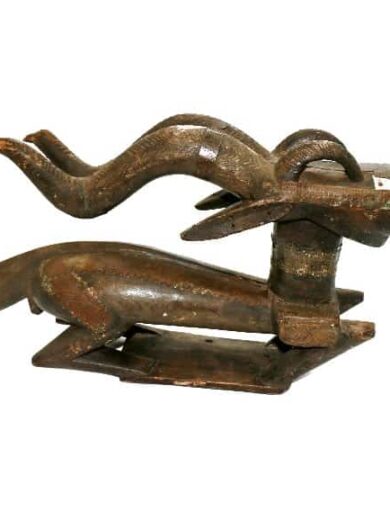
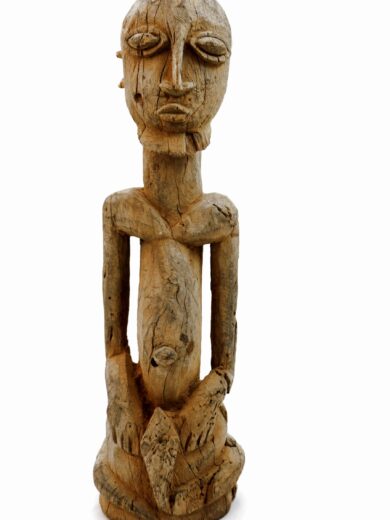
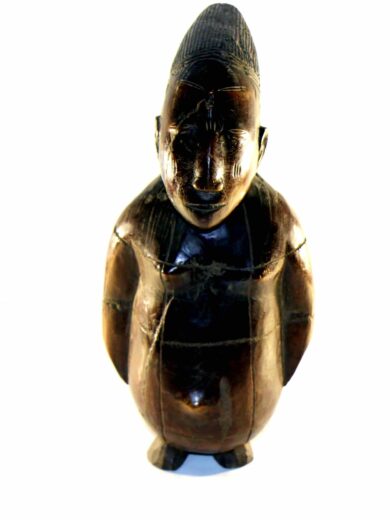
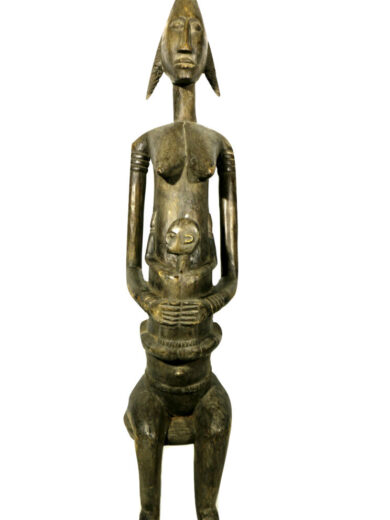
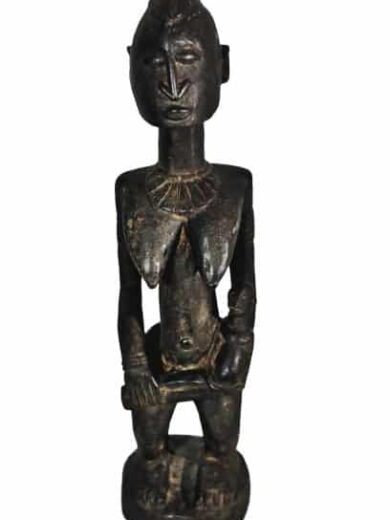
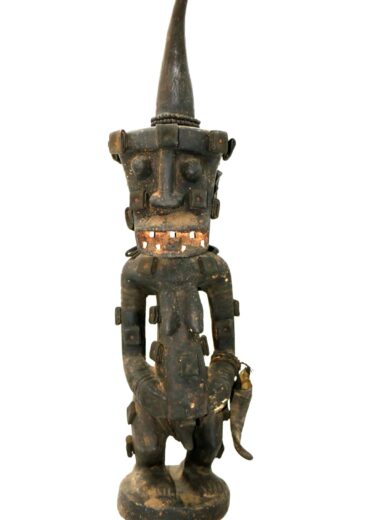
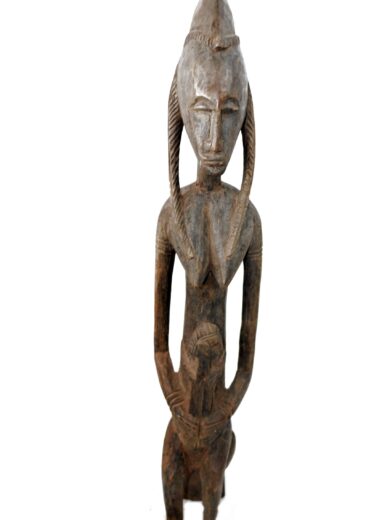
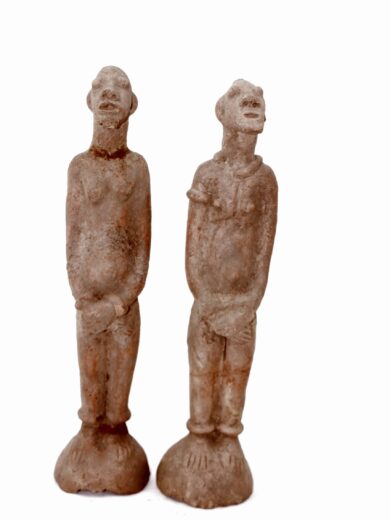
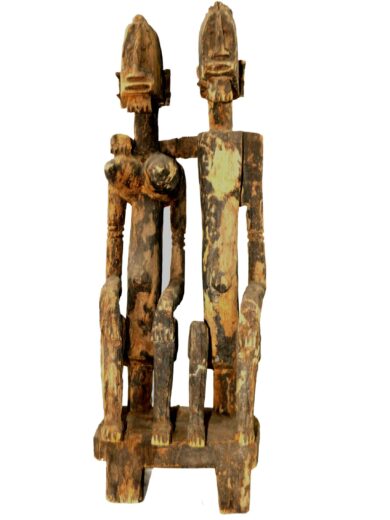
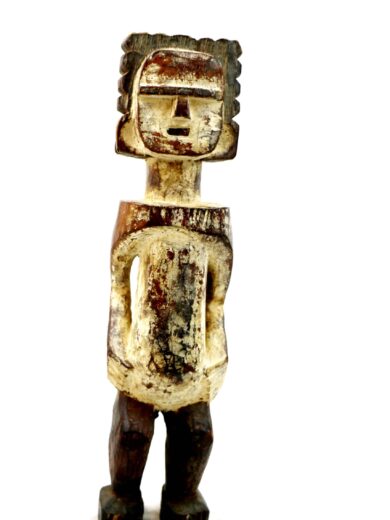
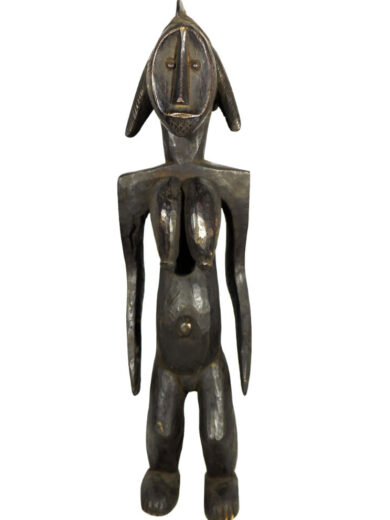




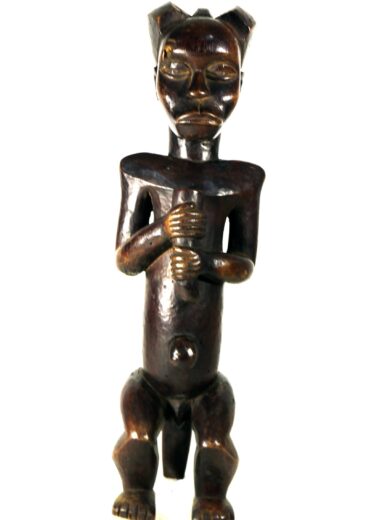
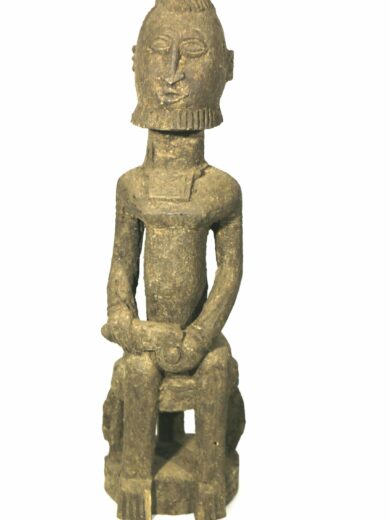
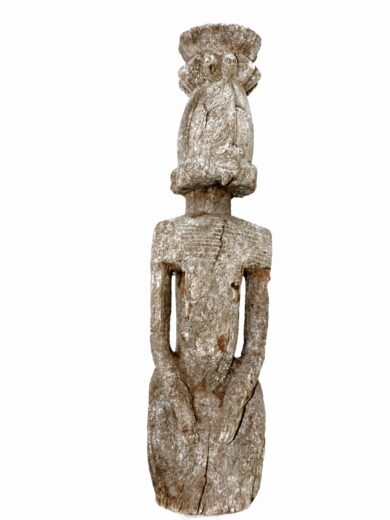
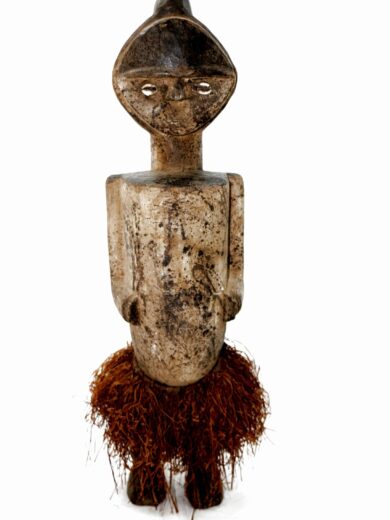

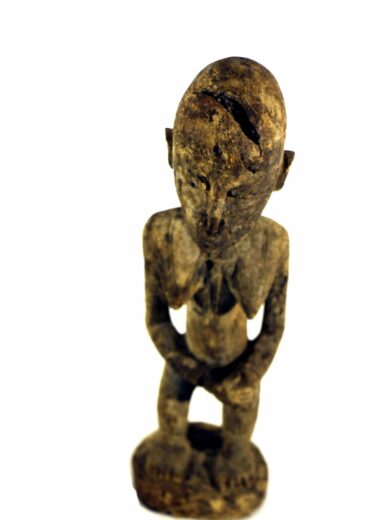
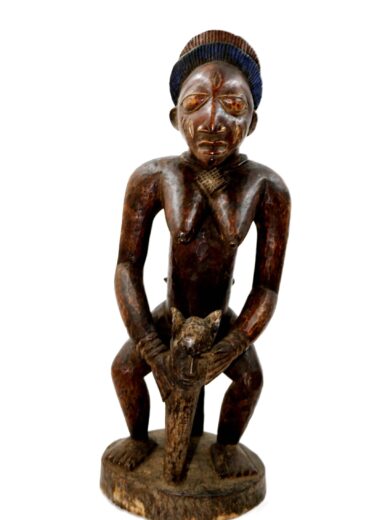
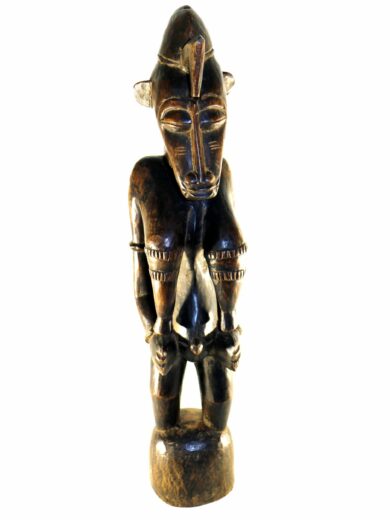
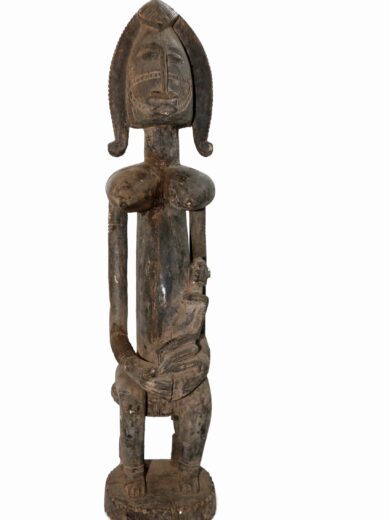
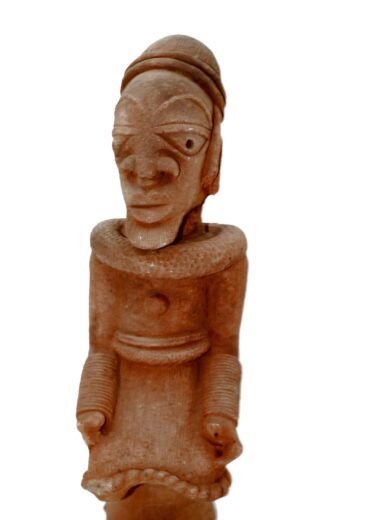
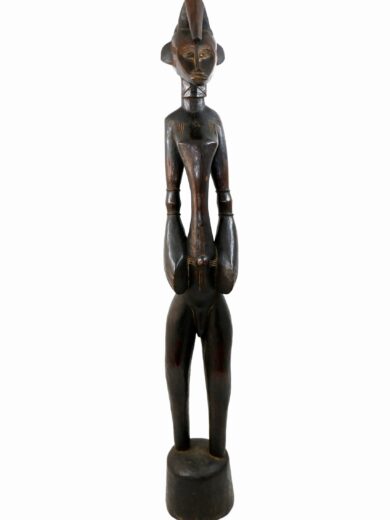

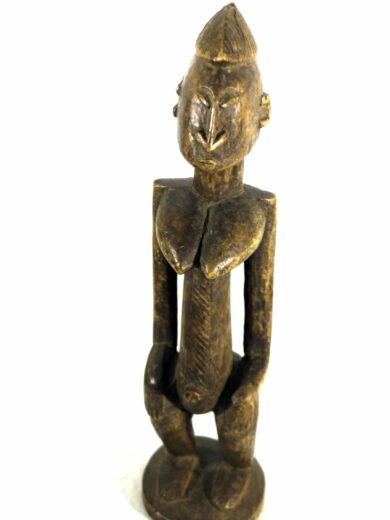

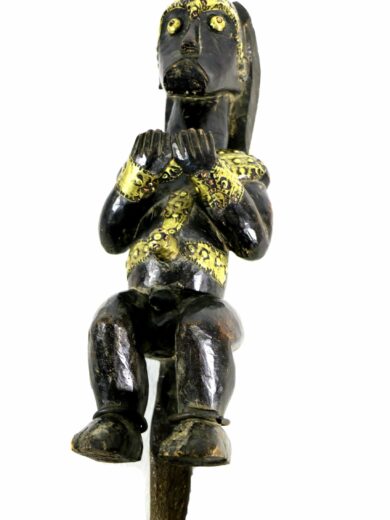
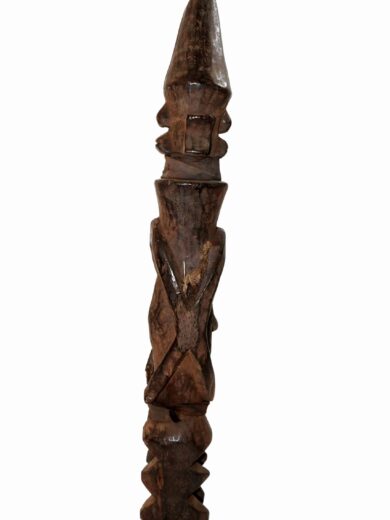

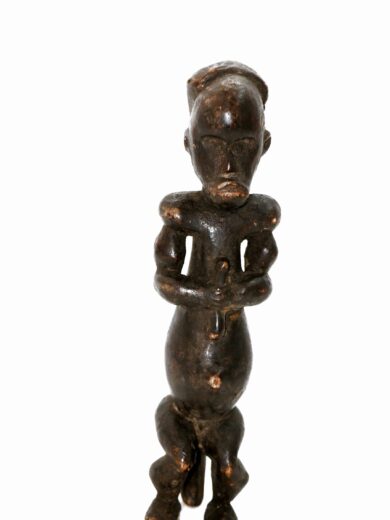
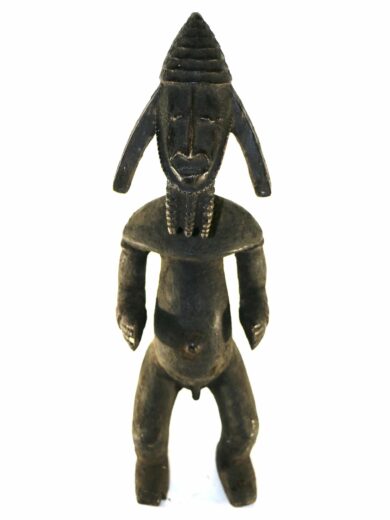
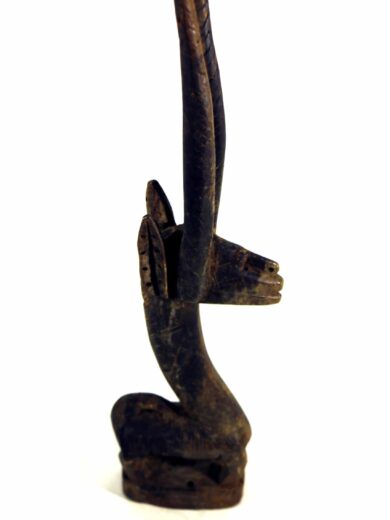
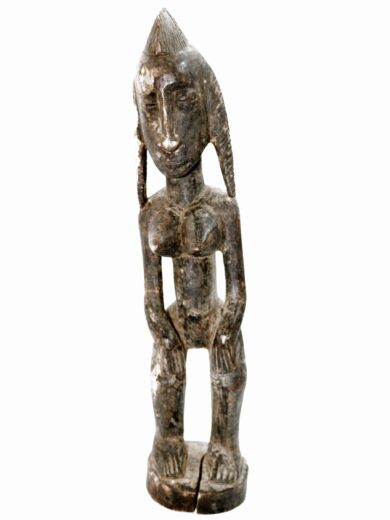



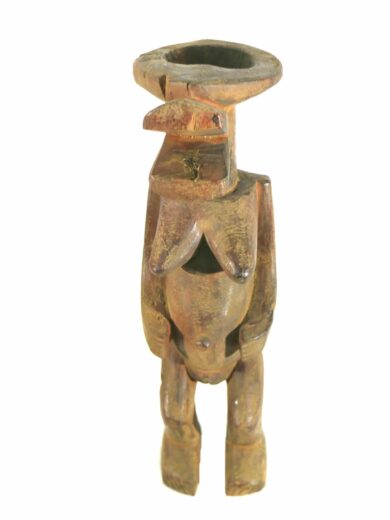
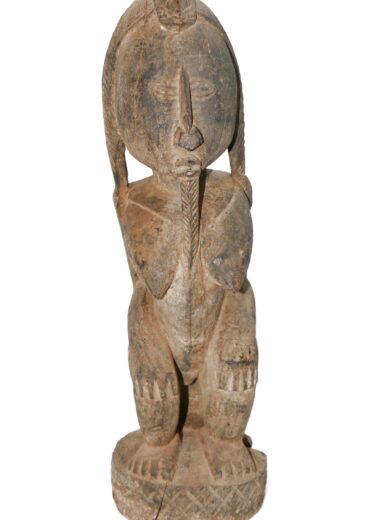


Reviews
There are no reviews yet.